Aechmea fasciata plant care guide
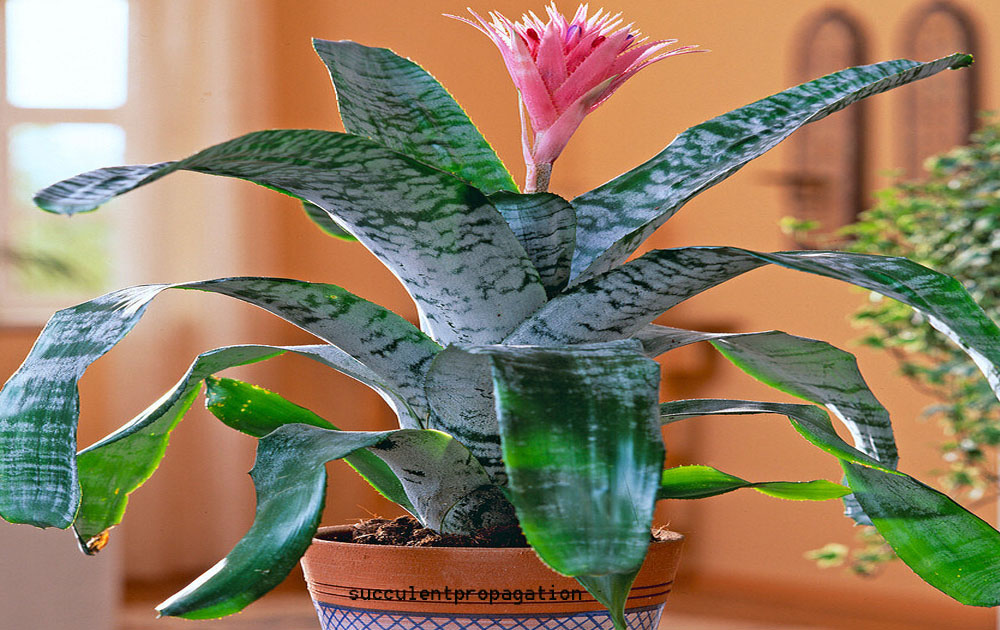
Aechmea fasciata plants are amazing potted plants because they add an elegant, formal look to any space. These plants are frequently seen on tables in restaurants and hotels, as well as on mantels at home. They’re also ideal for folks who desire an exotic plant but don’t have the time to care for it because these plants are reasonably simple to maintain.
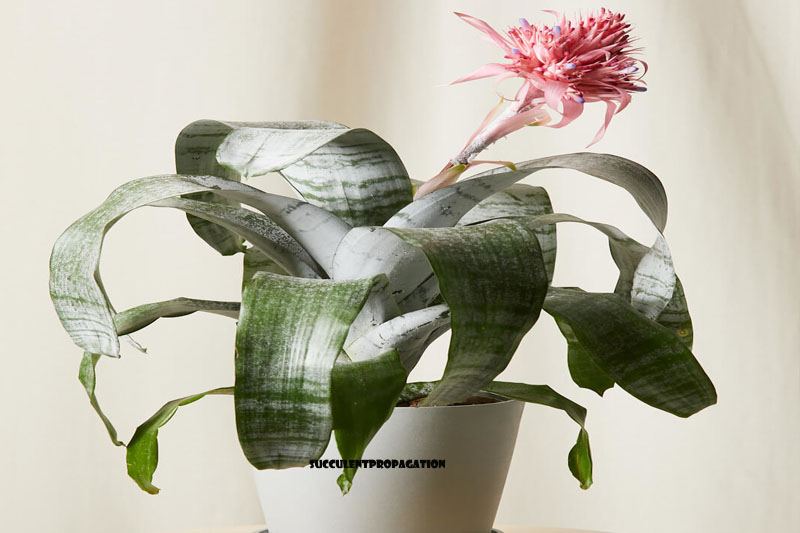
Aechmea fasciata
It has leathery strong arching leaves that are blotched silver & sea green and overlap to create a rosette that forms a watertight “vase” or “urn,” hence the popular name. It is native to Brazil, although it is also extensively grown in other warm regions. They are easy to maintain and make wonderful houseplants when you want something tropical or unusual.
Common name
silver vase bromeliad, Urn plant and silver vase plant are other common names of Aechmea fasciata.
How to Care of Aechmea fasciata?
Aechmeas are very effortless to care for, look fantastic, and can be planted in a variety of areas throughout your living space. It comes in a variety of forms and sizes and may be found at practically any garden store or nursery.
As this is a lovely plant to have in your home or workplace, but it requires a little specific care. silver vase bromeliad maintenance is not as difficult as you thought, but it does have certain dos and don’ts. So, before you go out and get your own Silver Urn Plant, consider the following Aechmea fasciata plant care guide:

Temperature
Keep the Urn Plant in a warm (65 °F (18 °C) and humid environment. Because Aechmea fasciata is sensitive to draughts, make sure the new place is thoroughly prepared before moving your plant. If you want flowers to blossom, keep the temperature about 75°F. Aechmea fasciata can withstand brief periods of cold.
Water requirements
Watering is an important element of urn plant maintenance. Aechmea fasciata may survive on less water, but it thrives on consistent, thorough watering.
Make sure the vase-like core of the plant is always filled with water. To keep the water in the reservoir from stagnating, replace it every 10-14 days.
Water moderately, just enough to keep the potting mix moist but not waterlogged, and let the top 1cm (0.5 inches) dry off between waterings.
Using filtered, distilled, or rainwater instead of harsh tap water is preferred. Hard water can harm plants by forming lime deposits.
Location And Lighting
Urn plants prefer strong light but not direct sunlight. They cannot tolerate scorching afternoon heat or strong draughts, so it is best to position them in a location that receives early sunshine and then provides shade for the remainder of the day. Urns are also quite resistant to low light since they are adapted to thrive in shadier areas in their natural environments.
Humidity
Excessive high humidity is not good for urn plants, so keep them away from humidifiers and away from cooking and dishwashing areas.
Repotting
Urns should be repotted every two years to renew the soil and replace a too-small container. Because urn planters and other premium potted plants are often nursery-grown in rather tiny containers, you should carefully stretch out the roots of your plant before repotting it.
Fertilizing
Soil and Repotting Urns don’t require particularly rich soil, but they do benefit from a well-drained potting mix heavy in organic matter. Silver Vase can grow on almost any soil. Nonetheless, it will grow quicker if you use a good quality water-soluble balanced fertiliser at half the recommended intensity during the growth and flowering seasons.
Pruning
Urns don’t require much trimming, but you can remove dead or damaged leaves from the plant to keep it looking great. Just be cautious not to cut any flowers with your shears by mistake.
How to Propagate Aechmea fasciata?
The plant Aechmea fasciata may be reproduced by dividing it and replanting it in a container. When the offsets develop around the base of the plant, they should separate from the main plant and be planted in 6-inch pots. To ensure that the young plants establish themselves, they should be kept in bright but filtered light for four months. They can be transferred and treated as soon as they are established.
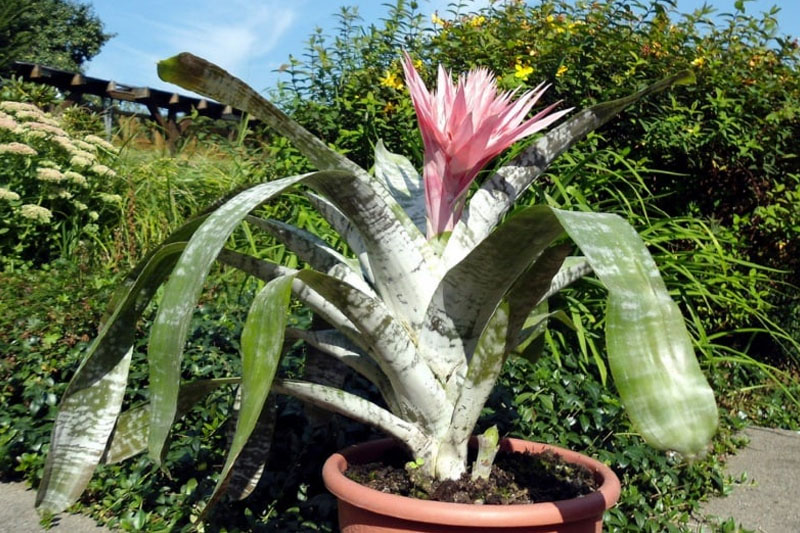
Growth speed
Aechmeas’s growth rate is frequently slow. Fully developed plants may not generate any new leaves for the duration of their stay in your house.
Spread / Height
Although the ultimate height can vary, the Urn Plant should normally grow to be approximately 50cm / 19in tall with a spread of 60cm / 23in.
Aechmea fasciata Flowers
Almost everyone who wants to raise silver vase plants wishes for them to flower. Most plants will blossom eventually if their growth circumstances are favourable, but a silver vase plant might take years to develop flowers.
Aechmea fasciata flowers are quite tiny and have a limited lifespan.
They are generally purplish blue and carefully protrude out of the bright pink blooming bract, making them difficult to notice at first look.
Note: When bracts begin to form, make sure your plant has enough of light and good soil. Bracts and blooms will sprout directly from the core of the Urn plant. To stimulate flowering, place a sliced apple at the base of the Urn plant and cover it with a clear plastic bag for a few weeks (keep the covered plant away from direct sun to avoid overheating). The apple will emit ethylene gas, which promotes flowering.
Bromeliad plants only bloom once before producing offsets. Once a silver Urn has flowered, it may be transferred to a shadier section of the house and tended like a standard Urn plant. Continue to care for your plant when the leaves turn brown and die. Offsets will emerge at the base of the Urns and may be planted in a different container after they reach at least 5-6 inches tall.
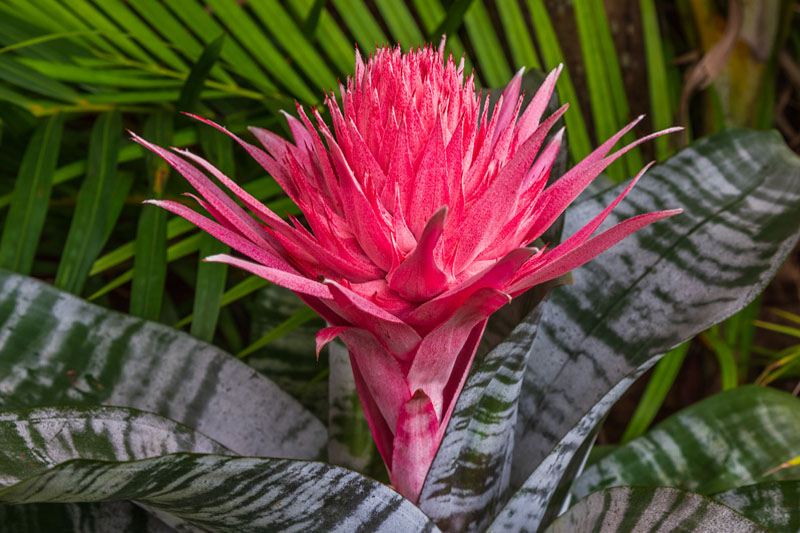
What are the common pests of the Aechmea fasciata/Silver urn plant?
There are no important pests or diseases that affect Aechmea fasciata. On the other hand, the Silver Urn plant can attract scale and mosquitos, which can breed in the trapped water in the leaves. To keep pests at bay, replace the water in the cup-like core of the plant every 10-14 days.
What are the common diseases of the Aechmea fasciata/Silver urn plant?
Root rot is a very common disease of the Silver urn plant. If Silver urns are overwatered, they are also prone to root rot disease. Water the urn plant when the top inch of soil seems dry, and make sure they drain thoroughly after each watering.
What are the common issues of Silver urn plant/Aechmea fasciata?
Brown leaf tips
Dry air or under or overwatering are the most common causes of brown leaf tips on Urns. However, brown leaf tips may also be caused by hard tap water. Keep the vase fresh by adding extra water to the centre. Misting Urns helps keep them wet and promotes blossoming. If tap water is an issue, try distilled, filtered, or rainfall.
Pale Foliage of Aechmea fasciata
Pale leaves are usually caused by too much sun or dry air. So relocate the Silver Vase to a shadier location and spray leaves on a regular basis.
Brown or wilting leaves
This might be the result of root rot induced by overwatering. Urns require well-draining soil and should be watered when the top inch of soil feels dry. Examine for crown and root rot. Trim the afflicted parts and apply a fungicide to them. Repotting with new compost is another option.
Dying flower or plant
This is typical. Urn plants only produce blooms once before beginning to generate offsets. After the Urns have flowered, relocate the Urns plants to a shadier location with indirect sunshine. Keep the Urns wet but not soggy. Remove the faded bloom as near the foliage as possible. If you continue to care for your Urn, offsets (“pups”) will form at the base.
Note: If you got this article you can also see How to Propagate Succulents? Explained


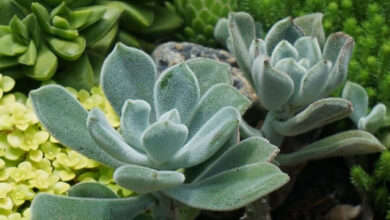
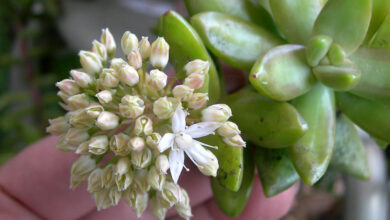
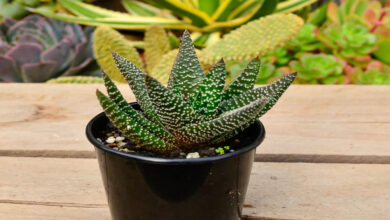
Thanks!